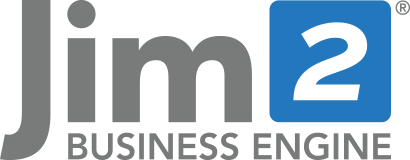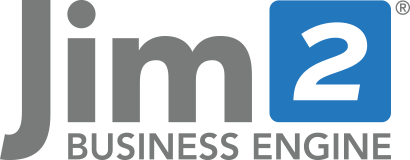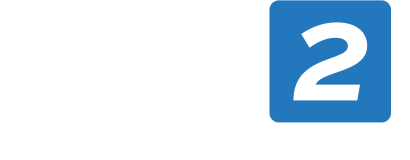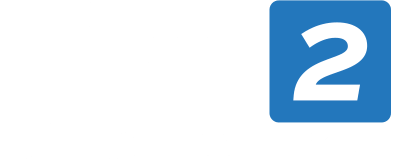Email communication is a staple in any business. However, there is a difference between having email and managing email correspondence well. While running individual email accounts is important for internal communications, and team group inboxes are essential to managing department requests while keeping the team in the loop, what is the best way to keep multiple teams in the know?
When a customer request requires multiple teams to build a response, how do you keep everyone informed without copying others in or passing the email from team to team? And how do you guarantee that every email is responded to, and not lost in the email abyss?
With little visibility over emails coming into individual staff mailboxes, and that not-quite-certain-feeling that all emails have been actioned when multiple teams are involved, there is a better way to keep everyone in the loop and respond quicker.
Using integrated email within Jim2 Business Engine, manage all contact with customers and suppliers alongside workflow tools from the same place. Replace disjointed inboxes and CRM systems with a fully integrated ERP package.
Let’s look at six reasons why running email within Jim2 Business Engine is awesome:
1. Incoming emails don’t get lost
Jim2 runs multiple email folders which can be named by team, purpose, and/or activity. Essentially, it pools the inbound and outbound emails from your nominated addresses, so all emails come into the same buckets in Jim2, channelling requests into one place so it doesn’t matter if a staff member is away. This includes the sales, support, accounts, purchasing addresses, etc. The team with access to that inbox will see the email come in and can take action.
2. Emails are always directed to the right place
Jim2 isn’t exclusively focused on who the email is addressed to. With email rules set up in Jim2 to look out for key points of interest, Jim2 lets your business set rules to handle emails in a number of ways – directing it to the support team queue, the accounts or sales team, or creating a new job – Jim2 directs the email to the correct team to action. Sending an email related to a service job, tag it as Service, or if sending a statement or invoice, tag it as Accounts.
3. It’s super easy to tag other teams
Sometimes a customer is asking a question from the support team that is best responded to by their account manager. Sometimes other teams need to be aware of what’s going on. The email can be moved into another team’s inbox by retagging it to their queue for them to action. Or the email can be tagged to more than one email queue to notify multiple people of enquiries and answers.
It’s easy to tag other teams to an email, which appears in their email folder.
4. It’s more than team folders
You can also have multiple email groups and use tags to better organise your emails into queues. When you need to filter out information into purposeful lists, like VIP customers or questions relating to a specific product, add a queue name that helps to filter these requests, ready to be managed by expert staff.
5. It’s easy to see where requests are up to
Your team will instantly know if an email has been received on one of their jobs, quotes, etc from their personal workflow list, as the text will show in bold. If they want to be really organised, they can pin a list to only show jobs/quotes with an unread email filter, to exclusively capture requests which have brand new information.
Emails in Jim2 are linked to a job/lead/purchase order number, that any staff can look up to keep track of what’s happening. Look up the job number as a reference to read the rest of the correspondence and internal notes from the person the task is assigned to, or a teammate offering some additional information. Your team can also correspond with other staff using related emails to keep the entire conversation on the same service job, sales order, purchase orders, etc.
Because the emails are available to see in the comments grid, with a preview of the email to the right, it’s easy to take a magnifying glass to a service job, to see all the history, and move forward.
6. Responses are faster using email templates
Take a load off and drop in a predesigned response to a frequently asked question. Create a templated email response in Jim2 with the details ready to go, and include macros that fill in the customer’s first name, company, etc to personalise the response.
Your response can also include attachments and hyperlinks within the content to provide more information to your recipient. You can easily tell which template you’re using with the reference shown in the footer of the email, along with the archive settings.
This is also a great space to have a number of email signatures running on rotation to always present professional and informative messages to your customers.
Running your emails within Jim2 Business Engine is an outstanding way to remove barriers to communication and boost visibility across your business.
The one thing that is quite unique about Jim2 email is that it is not only focused around who sent/received an email, and its status (sent, deleted, etc.), but what area of the business that email is related to (Sales, Service, etc.), and also what Jim2 objects it’s related to (job, quote, purchase, CardFile, and so on).
With these smarts, emails are always directed to the right team and the right staff managing the request. And it takes only a second to look up their job and read through all the correspondence and internal notes to take the next step with the customer.
Learn more about integrated email and workflow in Jim2. Contact us for a free trial..

































